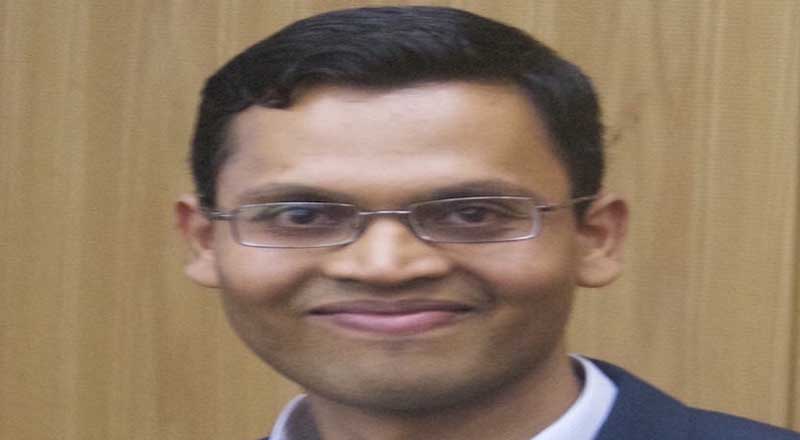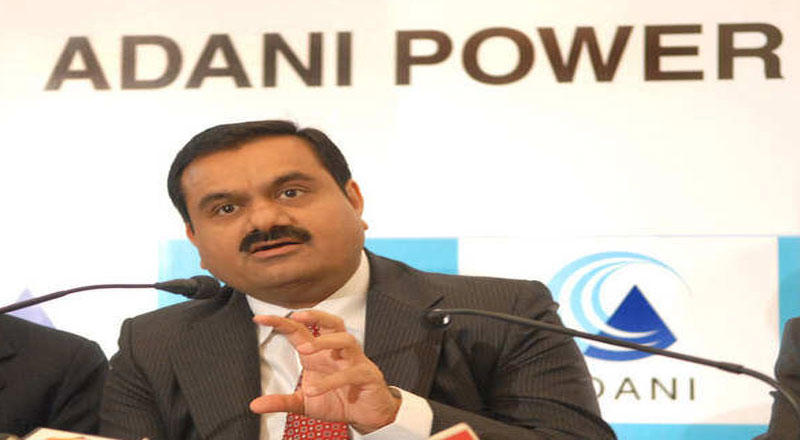Transformation is a popular word these days. Every organisation is talking about transforming itself. Some are looking at it as technology transformation in adopting cool technologies such as data science and Artificial Intelligence (AI). Some others are talking about it as a process transformation in bringing more transparency, decentralisation, agility, and efficiency. Yet others are talking of transforming services to meet a changing demographic dominated by millennials. It is unanimously clear that something needs to change, but what exactly it is, is not very clear. In this article, I posit that an underlying structural change is happening in organisations that is common across the themes of technology, process, and services.
Let’s consider our country’s IT industry. Automation, managed cloud services, and the economic slowdown have emerged as sources of uncertainty. The major consequence of these is clear: mid-management is being trimmed. It is reported that over 17,500 mid-level employees have been laid off, and more are apparently coming. However, hiring continues for freshers, with over 87,000 being projected to be recruited in the coming year. Also, top-level management have their hands full in navigating their organisations through these tough times. So, we have activity both at the bottom and the top, but the middle is thinning. Let us call this the phenomenon of the “lean mean”.
There are perhaps two well-understood and fundamental causes for the lean mean. One, technology is rapidly cutting into work that is repetitive. Two, technology is efficiently enabling meaningful interfaces between humans at scale and at distance. The former puts a premium on unique or complex work, while the latter reduces the premium on managing people and projects. At the cross-hair of both these trends, is our mid-level IT manager and hence the pink slips.
Given this scenario of the lean mean, it is worthwhile for us as Odias to examine and identify other roles that may be similarly affected by a thinning middle. Then we have to identify meaningful transitions for those working in such roles. Also, there is likely room for innovation to fill the lean mean, which may afford great opportunities in leadership and value creation. To illustrate this, I cite one current and important example. Consider the case of higher education, which is the key lever for transforming through public and self employment. Over the last couple of decades, we have had a Cambrian evolution of colleges, especially engineering colleges. Most of these colleges have created a ‘bulky mean’ of faculty members and staff who are trained to teach, but perhaps not provide the highest quality education that is relevant for today’s business needs. On the other hand, these colleges have done little to invest in high quality research and innovation. So the top is thin. Similarly, these colleges have not invested adequately in creating good facilitation means where new teaching styles and new co-curricular activities are explored. So, the bottom, which interfaces with the students directly, is also thin. In essence, we have a higher education system that has a bulky mean and thinning top and bottoms. This is unsustainable and will lead to rapid market-driven transformations towards a lean-mean structure.
How do we address this? Firstly, the lean mean requires technology infusion. Academia, the state government and industry experts must come together to create a high-quality, technology-driven, personalised, and accessible educational platform in areas of relevance today. This state-wide platform must be contextualised for our state’s language and application domains, and further be tightly integrated with our public and private educational system. Secondly, teachers in different organisations must be supported to transition beyond just teaching roles. A very small fraction of them should be challenged and encouraged to take up research roles, mainly focussing on innovation. A predominant fraction must be trained to be good facilitators in learning, by empathising with the learners and adopting modern pedagogic skills. This training of the trainers would go a long way in providing the right support for students to be aware of the current challenges and be enthused about becoming problem solvers. Thus, I propose two interventions: A platform for high-quality, personalised learning support and a program to transform the skills of our teachers. Both must have the scale and speed demanded by today’s challenges.
In this short note, I meant to share a structural metaphor to understand transformation in the age of changing technology, processes, and demographics: That each industry will move from current bulky mean structures to lean means. I briefly stated how this movement has been rather painful in the IT industry. I also discussed a similar transformation in education sector and the affirmative interventions that are necessary.
To end, I would like to add one philosophical idea from the Shrimad Bhagavad Gita: In times of change such as the transformation to lean mean, we have to remember that that is an underlying changeless substratum. Our culture’s main goal has always remained to seek that which is changeless through times of change.
Pratyush Kumar Panda has completed his Bachelors from Electrical Engineering at IIT Bombay. He holds a PhD from ETH Zurich and has worked at IBM Research. He is currently a professor of Computer Science at IIT Madras. He has co-founded a startup that has designed PadhAI as a platform to provide affordable education in data science and AI. He also has co-founded AI4Bharat to solve India’s pressing problems through crowd-sourced innovation in AI.
Please share your comments or other inputs by writing to me at pratyushkpanda@gmail.com





